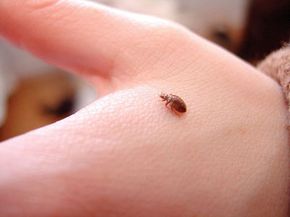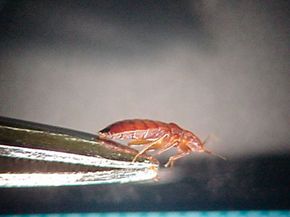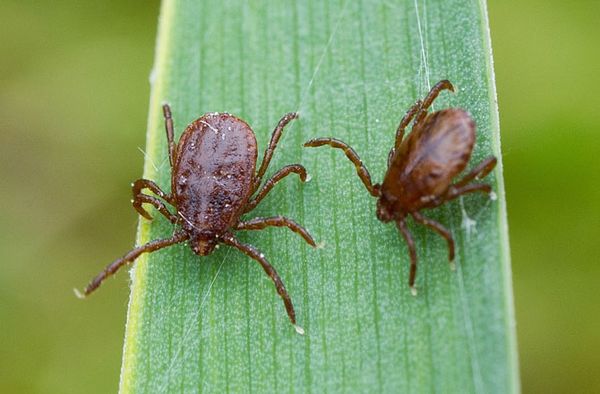You might find it annoying when the person you sleep beside steals the blanket, but what about sleeping near something that steals your blood? Bedbugs are back. Many of us didn't even know they were real. They'd all but vanished from the United States after the 1950s, when saturating an infected home with DDT was a common (and quite effective) practice. But DDT has been on the no-no list for some time now. That and a steady increase in international travel are the most probable sources for the steady rise in bedbug infestation, especially in large cities, over the last 10 years or so.
Bedbugs, or Cimex lectularius, feed on humans and other animal hosts, like birds and bats, and have been around pretty much forever. These insects are called "bedbugs" because they eat primarily while their host is asleep, so the host's sleeping area (whether a bed or nest) is the most common area for the tiny insects to feed, hide, and lay their eggs in. But couches, upholstered chairs, bed frames, cracks in walls and molding, clothing, ceiling holes for light fixtures and pretty much any dark, protected area is game for bedbug housing (though they do tend to prefer wood to metal). Full-grown adults are only a quarter-inch (0.64 centimeters) long and are fairly flat, so they can slip into almost any space. The youngest ones are hardly visible to the naked eye.
Advertisement
The bug has an oval-shaped outer shell through which you can often see their hosts' blood as a dark spot beneath the surface. Like many other insects, they insert a syringelike "mouth" extension into the host's skin. Bedbugs will target any area of exposed skin. It can take anywhere from three to 10 minutes for the bug to fill up, and the host seldom wakes up while being bitten. Its bite is more annoying than truly harmful, as bedbugs have never been known to transmit diseases to humans. But when they pierce the skin with their beaks to draw blood, they release some of their saliva into the broken skin, and over time, repeated exposure can result in an allergic reaction to the bites. This mostly means more itchiness and swelling than you find with a typical mosquito bite, and some over-the-counter antihistamine and anti-inflammatory drugs are usually all you need to fix the discomfort. Some people don't react to the bites or saliva exposure at all.
Continue to the next page to learn how to get rid of this annoying roommate.
Advertisement




